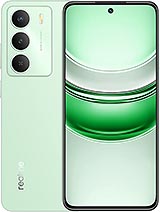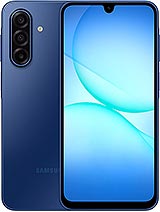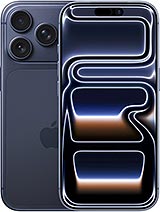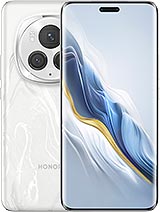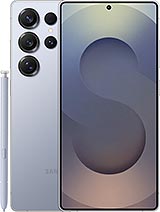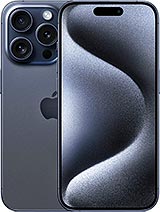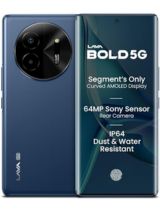Lava Bold alternatives
Tap above to see alternatives.
Samsung Galaxy S25 Edge alternatives
Tap above to see alternatives.
Samsung Galaxy S25 Edge

Samsung Galaxy S25 Edge
-
Snapdragon 8 Elite
3 nm
-
3900 mAh
25W
-
6.7"
1440 x 3120 pixels
-
200 MP
8K@30fps
-
Specs

2x2.4 GHz Cortex-A76
6x2.0 GHz Cortex-A55
2x4.47 GHz Oryon V2 Phoenix L
5x3.53 GHz Oryon V2 Phoenix M
6GB 128GB (UFS 2.2)
8GB 128GB (UFS 2.2)
12GB 512GB (UFS 4.0)
(wide), Sony, AF
2 MP
macro
f/1.7, (wide), 1/1.56", PDAF, OIS
12 MP
f/2.2, (ultrawide), PDAF
4K@30/60/120fps
1080p@30/60/120/240fps
f/2.2, (wide)
SIM1: Nano, SIM2: Nano
SIM1: Nano, SIM2: eSIM
13 5G bands
n1, n3, n5, n7, n8, n20, n28, n38, n40, n41, n66, n77, n78
17 5G bands
n1, n2, n3, n5, n7, n8, n12, n20, n25, n26, n28, n38, n40, n41, n66, n77, n78
In this performance comparison, the Samsung Galaxy S25 Edge with its Qualcomm Snapdragon 8 Elite (3nm) performs better than the Lava Bold with the Mediatek Dimensity 6300 (6nm), thanks to superior chipset efficiency.
Samsung Galaxy S25 Edge launched with Android 15 and will receive updates until Android 22, whereas Lava Bold launched with Android 14 and will get Android 15. Samsung Galaxy S25 Edge will get security updates until 2032 (approx. 7 years), while Lava Bold is supported till 2027.
Both Lava Bold and Samsung Galaxy S25 Edge feature AMOLED displays, offering vibrant colors and deeper blacks. Both smartphones offer the same 120 Hz refresh rate. Both devices deliver the same brightness level at nits. Notably, Samsung Galaxy S25 Edge offers a higher screen resolution, resulting in sharper visuals and more detailed content.
Lava Bold comes with a larger 5000 mAh battery, which may offer longer usage on a single charge. Lava Bold also supports faster wired charging at 33W, compared to 25W on Samsung Galaxy S25 Edge. Samsung Galaxy S25 Edge supports wireless charging at 15W, while Lava Bold lacks this feature.
Samsung Galaxy S25 Edge offers better protection against water and dust with an IP68 rating.
¹ Scores can vary even with the same chipset due to RAM, thermals, and software optimization.

